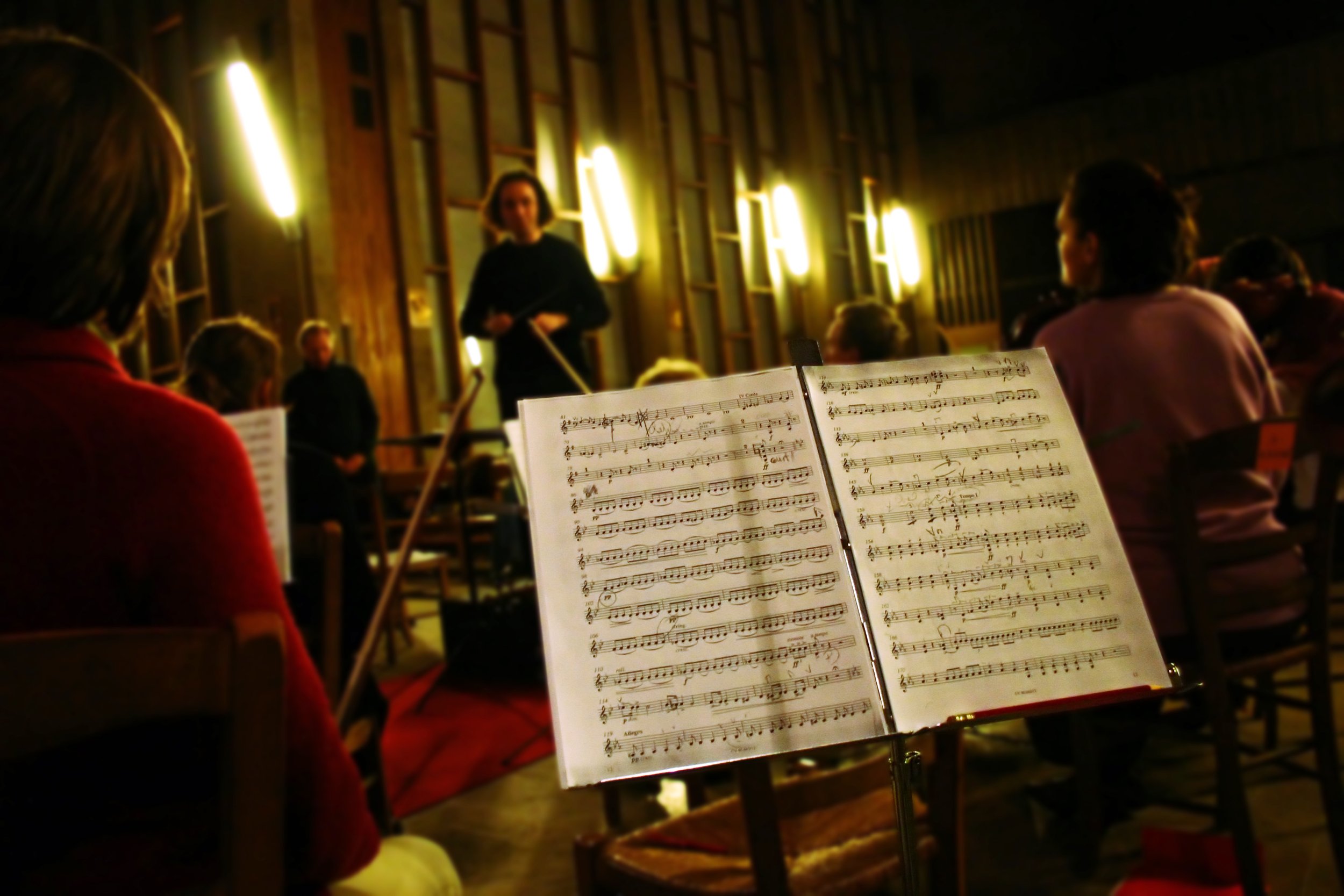
Music for a Lifetime: How Are We Doing? A Review of Literature on Adult Participation in Large Community Music Ensembles
Boswell, M. A. (2022). Music for a Lifetime: How Are We Doing? A Review of Literature on Adult Participation in Large Community Music Ensembles. Update: Applications of Research in Music Education, 40(2), 56–65. https://doi.org/10.1177/87551233211040735
-
Overview
Boswell examined research on adult participation in large ensembles (band, choir, and orchestra) within community music settings. Boswell summarized and presented his literature research into three broad categories: (a) status studies of both demographic information and the music backgrounds of large ensemble community music participants; (b) the motivations encouraging or discouraging such participation; and (c) potential issues, both concrete and philosophical.
-
Results
Boswell navigates through 33 sources. 15 of which were studies on community music ensemble membership - seven bands, seven choirs, and one orchestra. 18 studies on more general or philosophical nature. Some of the 18 studies were tied to motivation and some provided ideas for classroom teaching.
Here are just a few highlights from Boswell’s research:
In studies from the mid-1990s, the majority of community band members were younger than 50 years of age. Studies from the 2010s showed the majority of members were older than 50 years of age. A similar pattern appeared in choirs.
In terms of race, there was an overwhelming majority of community ensemble participants self-reported as White. Similar to race, the majority of participants held at least a college degree. “Demographically speaking, the portrait of typical community music participants… can be described as older, White, college-educated, and of above-average financial means.
A review of participants’ music experience/education found that community music participants engaged in music during their formative years, such as playing in an elementary, middle, and/or high school music ensemble. Developing a love for music early in life seems to lead participants into a lifetime of music engagement and choice.
Community music participants were largely influenced by parents, teachers, and school-based experiences. After leaving high school, participants engaged in music cited the enjoyment of performing on their instrument or singing as a reason to continue. The pro-social aspect and ensemble experience was another motivating factor. A nonparticipation motivation factor cited by participants was being “too busy, fear of diminishing music skill, fear of auditions, and fear of social isolation.
Boswell pinpoints some more barriers to lifelong music ensemble engagement. Here are some examples: Some teachers do not view life-long participation as the object of their teaching; some teachers are embracing the non-music motivations such as the fun factor; some teachers embrace the continuation of music traditions instead of the enjoyment of music making.
Boswell suggests community musicians reach out to school music directors to build relationships and create opportunities where students and community musicians can collaborate. Doing so allows student musicians to see lifelong music making. Community ensembles can use this opportunity to network and gain performing members in the future. -
Alex's Observation
What is the difference between community ensembles and top tier professional ensembles? Are professional ensembles a form of community ensembles with greater pay and performance expectations? Some community ensembles can come across as amateur or semi-professional. This is to say that there are varying levels of performance groups. And that participation in lifelong music making is sometimes within or beyond our grasp. Being in a densely populated area allows greater access to community activities. Performance skill might restrict a musician’s participation in a community ensemble if they do not meet ensemble criteria. The experience of performing in a music ensemble beyond secondary or higher education might become a thing of the past if community musicians maintain the barriers Boswell laid out.